Home>Gardening & Outdoor>Plant Care & Gardening Tips>How Can You Identify The Most Poisonous Native Plant In North America?
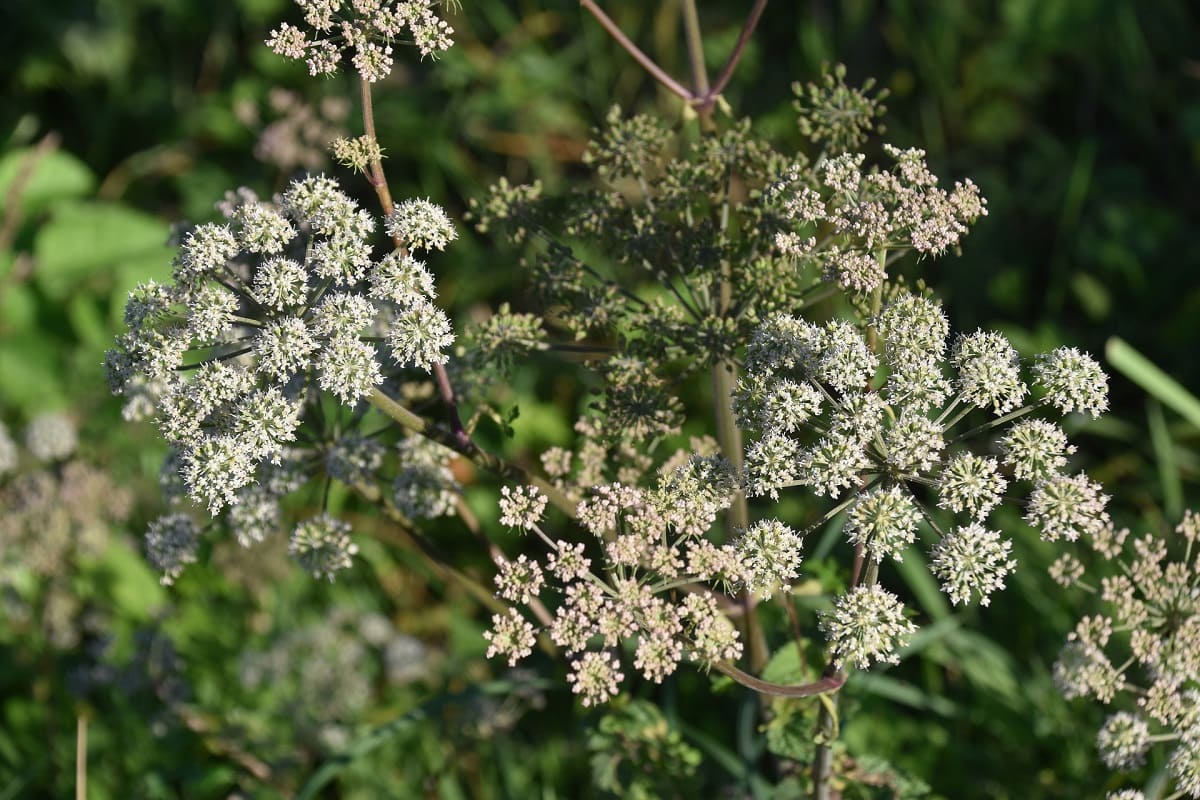

Plant Care & Gardening Tips
How Can You Identify The Most Poisonous Native Plant In North America?
Published: December 25, 2023
Learn how to identify the most poisonous native plant in North America with expert plant care and gardening tips. Stay safe and informed!
(Many of the links in this article redirect to a specific reviewed product. Your purchase of these products through affiliate links helps to generate commission for Storables.com, at no extra cost. Learn more)
Introduction
Welcome to the fascinating world of plants, where beauty and danger often coexist. As gardening enthusiasts, it’s essential to understand the potential hazards posed by poisonous plants, especially those native to North America. While the majority of plants contribute to the natural splendor of our surroundings, some conceal toxic properties that can pose serious risks to humans and animals. In this article, we’ll delve into the realm of poisonous native plants, exploring how to identify them and crucial safety precautions to ensure a harmonious cohabitation with these botanical inhabitants.
Whether you’re an avid gardener, a nature enthusiast, or simply someone who enjoys the great outdoors, recognizing and respecting the potential dangers of poisonous plants is paramount. By equipping yourself with the knowledge presented here, you’ll be empowered to navigate the green landscape with confidence, appreciating the beauty of North America’s flora while safeguarding your well-being and that of those around you.
Key Takeaways:
- Plants can be beautiful but also dangerous. Learn to recognize poisonous plants in North America to stay safe while enjoying nature.
- Educate yourself and others about poisonous plants, wear protective clothing, and practice vigilance outdoors to minimize the risks of encountering toxic flora.
Understanding Poisonous Plants
Plants have evolved an array of defense mechanisms, including the production of toxic compounds, to protect themselves from herbivores and pests. While this adaptation ensures their survival in the wild, it also poses a potential threat to humans and animals. Poisonous plants contain substances that, when ingested, inhaled, or even touched, can cause a range of adverse effects, from mild irritation to severe illness or even death.
It’s important to note that the degree of toxicity can vary widely among different plant species. Some plants may only cause mild skin irritation upon contact, while others contain potent toxins that can lead to organ failure. Additionally, the concentration of toxic compounds can fluctuate depending on factors such as the plant’s growth stage, environmental conditions, and geographical location.
It’s crucial to approach all unfamiliar plants with caution, as visual identification alone may not always suffice. Understanding the various ways in which plants can exert their toxic effects is key to mitigating potential risks. Some plants may release toxic compounds into the air, posing a threat through inhalation, while others may harbor dangerous substances in their leaves, stems, roots, or fruits, necessitating careful handling to avoid accidental exposure.
By gaining insight into the mechanisms of plant toxicity and familiarizing ourselves with common poisonous plants, we can cultivate a deeper respect for the inherent dangers that may lurk within our natural surroundings. With this awareness, we are better equipped to identify, avoid, and effectively manage the risks associated with poisonous native plants in North America.
Identifying Poisonous Native Plants
Recognizing and differentiating poisonous native plants from their non-toxic counterparts is a crucial skill for anyone who spends time outdoors, whether in the wilderness or their own backyard. While the task may seem daunting, several key characteristics can aid in the identification of potentially hazardous plants.
First and foremost, familiarize yourself with the native flora of your region. Understanding the common plant species in your area will enable you to pinpoint any poisonous varieties that may be present. Take note of the distinct features of known toxic plants, such as leaf shape, color, and arrangement, as well as the presence of any identifiable flowers, fruits, or berries. Many poisonous plants exhibit warning coloration, such as vibrant hues of red, yellow, or purple, serving as a visual cue to exercise caution.
Consulting reliable field guides, websites, or local botanical experts can provide valuable insights into the identification of poisonous native plants. These resources often offer detailed descriptions, vivid photographs, and distribution maps, enhancing your ability to discern toxic species from harmless ones. Additionally, some regions host workshops or guided nature walks focused on plant identification, offering hands-on experience and expert guidance.
When in doubt, err on the side of caution and refrain from handling or consuming any unfamiliar plant. Teach children and pets to recognize and avoid potentially hazardous vegetation, instilling a sense of vigilance and respect for the natural world. By honing your ability to identify poisonous native plants, you can confidently navigate outdoor environments, appreciating the splendor of nature while safeguarding against potential risks.
Common Poisonous Plants in North America
North America is home to a diverse array of plant species, some of which possess toxic properties that can pose significant health risks. Understanding and recognizing these common poisonous plants is essential for anyone who interacts with the natural environment. Let’s explore a selection of notable toxic flora found across the continent:
1. Poison Ivy (Toxicodendron radicans)
One of the most infamous poisonous plants, poison ivy is recognizable by its trifoliate leaves and the oil, urushiol, it produces. Contact with this oil can lead to a painful, itchy rash for those sensitive to it, making it a widespread concern for hikers and gardeners alike.
2. Poison Oak (Toxicodendron diversilobum)
Similar to poison ivy, poison oak contains urushiol and can cause severe allergic reactions upon contact. It is characterized by its distinctive lobed leaves and is prevalent in wooded areas and along the Pacific coast.
3. Jimsonweed (Datura stramonium)
This imposing plant, also known as thorn apple, boasts large, trumpet-shaped white flowers and spiny seed pods. All parts of the plant contain toxic alkaloids, posing a risk of hallucinations, delirium, and other severe symptoms if ingested.
4. Water Hemlock (Cicuta spp.)
Found in wet habitats, water hemlock is considered one of the most toxic plants in North America. Ingestion of its tuberous roots can lead to convulsions, seizures, and even death, making it a plant to be avoided at all costs.
5. Pokeweed (Phytolacca americana)
While admired for its striking appearance and clusters of dark berries, pokeweed contains toxic substances throughout its entire structure. Ingestion of its berries or roots can cause severe gastrointestinal distress and other adverse effects.
These are just a few examples of the many poisonous plants that can be encountered in North America. It’s important to remain vigilant and informed about the potential risks posed by native flora, especially when exploring the great outdoors or tending to gardens and landscapes.
Read more: How Could The Introduction Of A Non-Native Species Of Plant Affect An Ecosystem In North Carolina?
Safety Precautions and Tips
When it comes to mitigating the risks associated with poisonous plants in North America, adopting proactive safety measures is paramount. By integrating the following precautions and tips into your outdoor activities and gardening endeavors, you can minimize the likelihood of encountering and being affected by toxic flora:
1. Educate Yourself and Others
Take the time to familiarize yourself with the common poisonous plants in your region. Share this knowledge with family members, especially children, and fellow outdoor enthusiasts to heighten awareness and promote safe practices.
2. Wear Protective Clothing
When venturing into areas where poisonous plants may be present, consider wearing long sleeves, pants, and gloves to minimize skin exposure. This simple measure can serve as a physical barrier against potential contact with toxic plant parts.
3. Properly Identify Plants
Utilize reputable field guides or digital resources to accurately identify plants before handling them. Pay close attention to distinguishing features and consult experts if uncertain about a plant’s identity.
Read more: When To Plant California Native Plants
4. Practice Vigilance in Outdoor Settings
Whether hiking, camping, or engaging in outdoor recreational activities, remain observant of your surroundings. Avoid brushing against unfamiliar vegetation and teach children to recognize and avoid potentially hazardous plants.
5. Implement Protective Barriers in Gardens
If cultivating a garden, consider incorporating physical barriers, such as fencing or raised beds, to deter pets and wildlife from accessing toxic plants. This can help prevent accidental ingestion or contact.
6. Seek Immediate Medical Attention
In the event of suspected exposure to a poisonous plant, promptly wash the affected area with soap and water. If symptoms persist or escalate, seek medical assistance without delay, and bring a sample or clear description of the plant for accurate identification.
By integrating these safety precautions and tips into your outdoor pursuits and gardening practices, you can navigate the natural world with confidence and minimize the potential risks posed by poisonous native plants in North America. Remember, a blend of awareness, preparedness, and respect for the environment is key to enjoying the beauty of the outdoors while safeguarding personal well-being.
Conclusion
As we conclude our exploration of identifying the most poisonous native plants in North America, it’s evident that a harmonious coexistence with the natural world requires a deep understanding of the potential hazards posed by toxic flora. By delving into the realm of poisonous plants and familiarizing ourselves with their distinctive features, we empower ourselves to navigate outdoor environments with confidence and respect for the diverse botanical inhabitants.
Recognizing the common poisonous plants found across North America equips us with the knowledge needed to mitigate potential risks and safeguard our well-being. From the notorious poison ivy and poison oak to the imposing Jimsonweed and lethal water hemlock, these plants serve as potent reminders of the need for vigilance and informed decision-making when interacting with the environment.
By embracing proactive safety measures, such as educating ourselves and others, wearing protective clothing, and practicing vigilance in outdoor settings, we can significantly reduce the likelihood of encountering and being affected by toxic plants. Whether enjoying the great outdoors, cultivating gardens, or simply appreciating the natural beauty that surrounds us, this awareness enhances our ability to coexist with the diverse botanical tapestry of North America.
As we embark on our outdoor pursuits and gardening endeavors, let’s carry forward this knowledge, fostering a deep respect for the intricate balance between the allure and potential dangers of the plant kingdom. By integrating safety precautions and a mindful approach to plant identification, we can revel in the splendor of nature while safeguarding ourselves and those around us from the perils of poisonous native plants.
Ultimately, our journey through the realm of poisonous plants serves as a testament to the importance of informed stewardship of the environment, allowing us to revel in the wonders of the natural world while ensuring our well-being remains uncompromised. Let’s continue to embrace the beauty of North America’s flora, all while exercising caution and respect for the complex ecosystems that enrich our lives.
Frequently Asked Questions about How Can You Identify The Most Poisonous Native Plant In North America?
Was this page helpful?
At Storables.com, we guarantee accurate and reliable information. Our content, validated by Expert Board Contributors, is crafted following stringent Editorial Policies. We're committed to providing you with well-researched, expert-backed insights for all your informational needs.
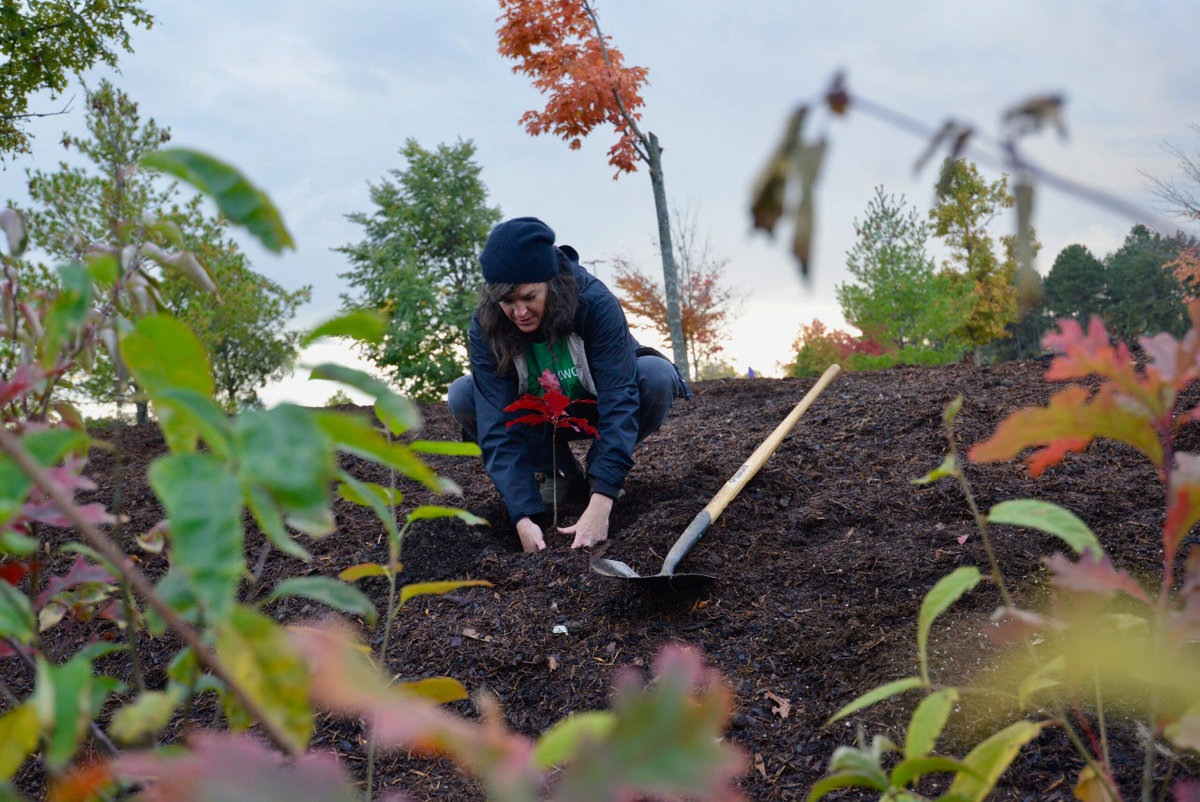
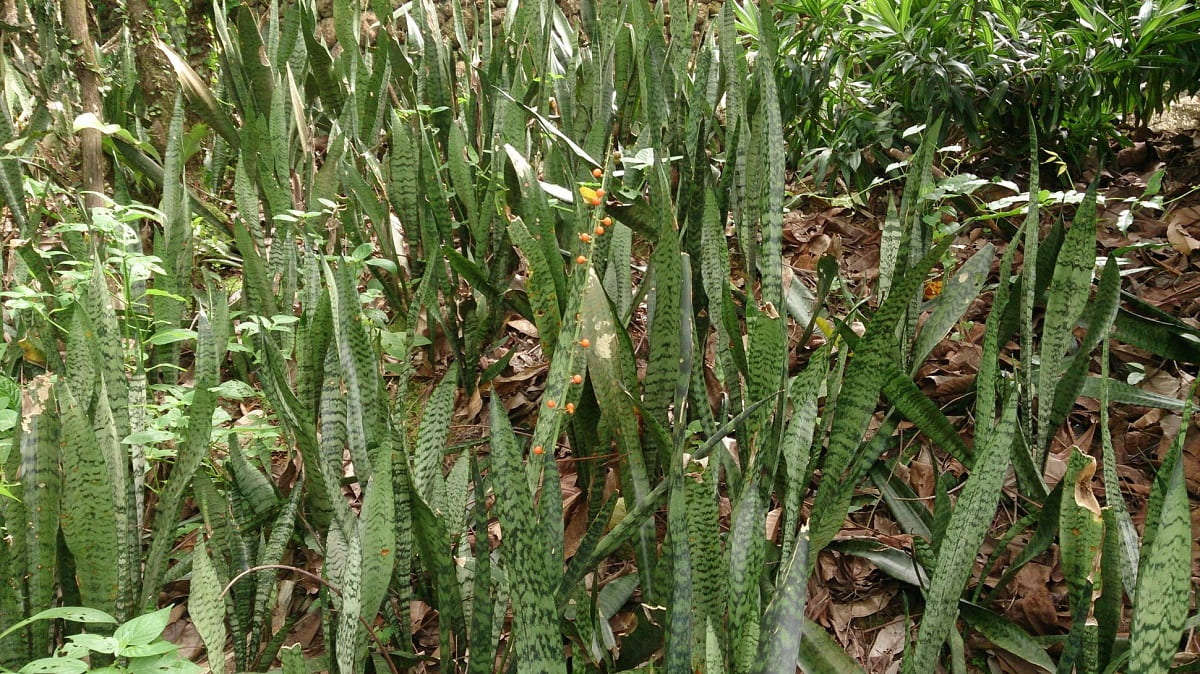
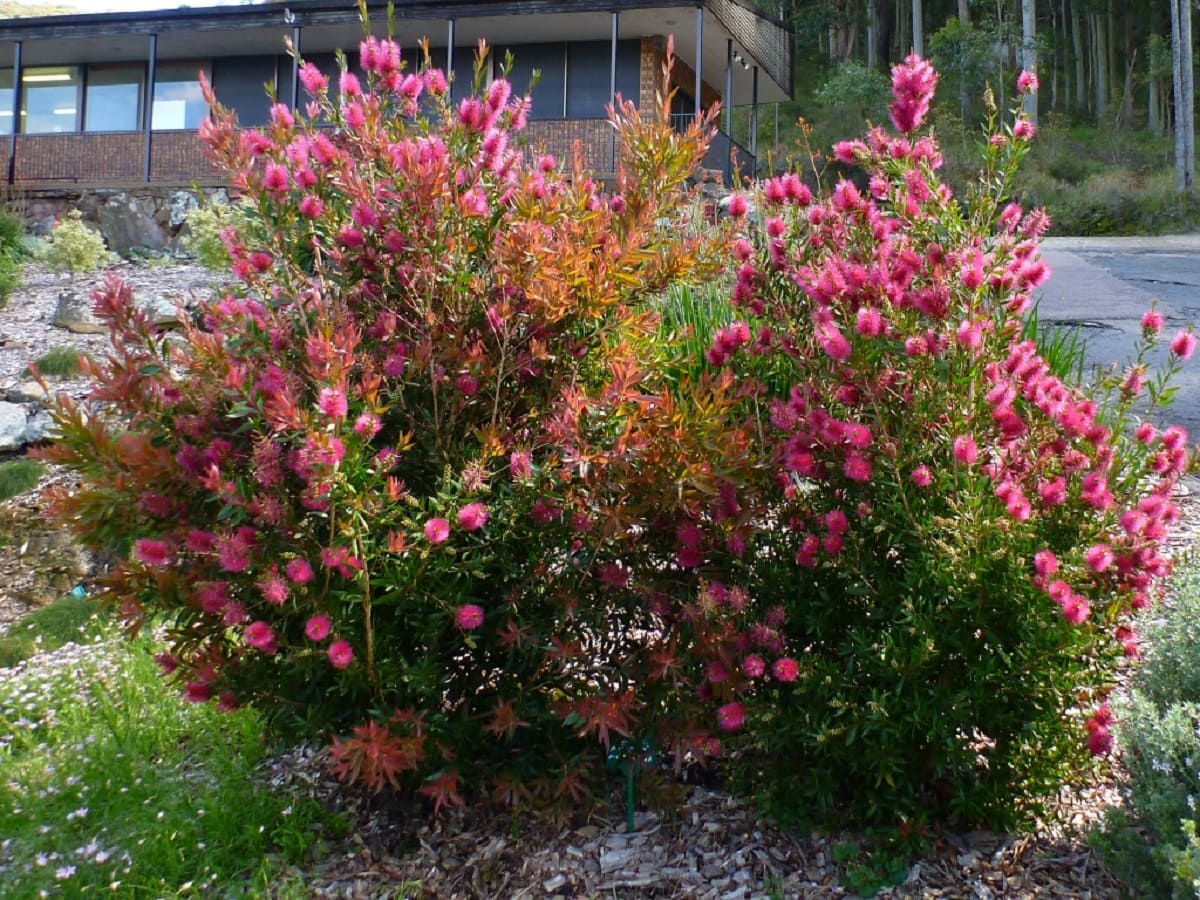
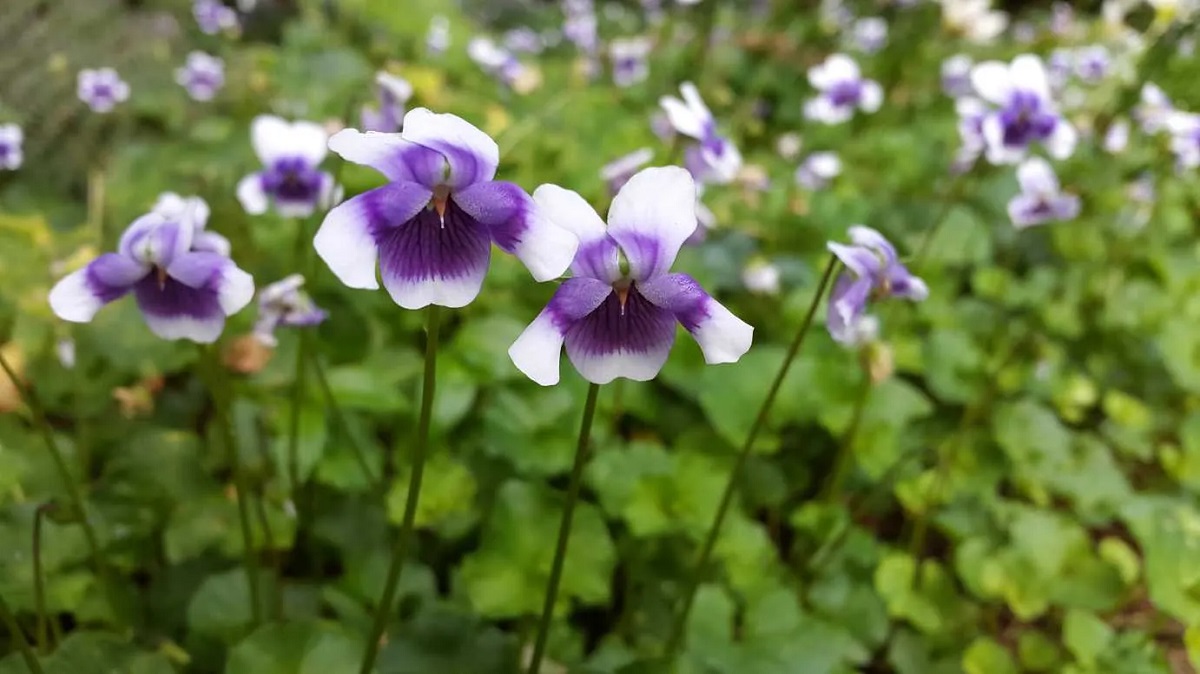
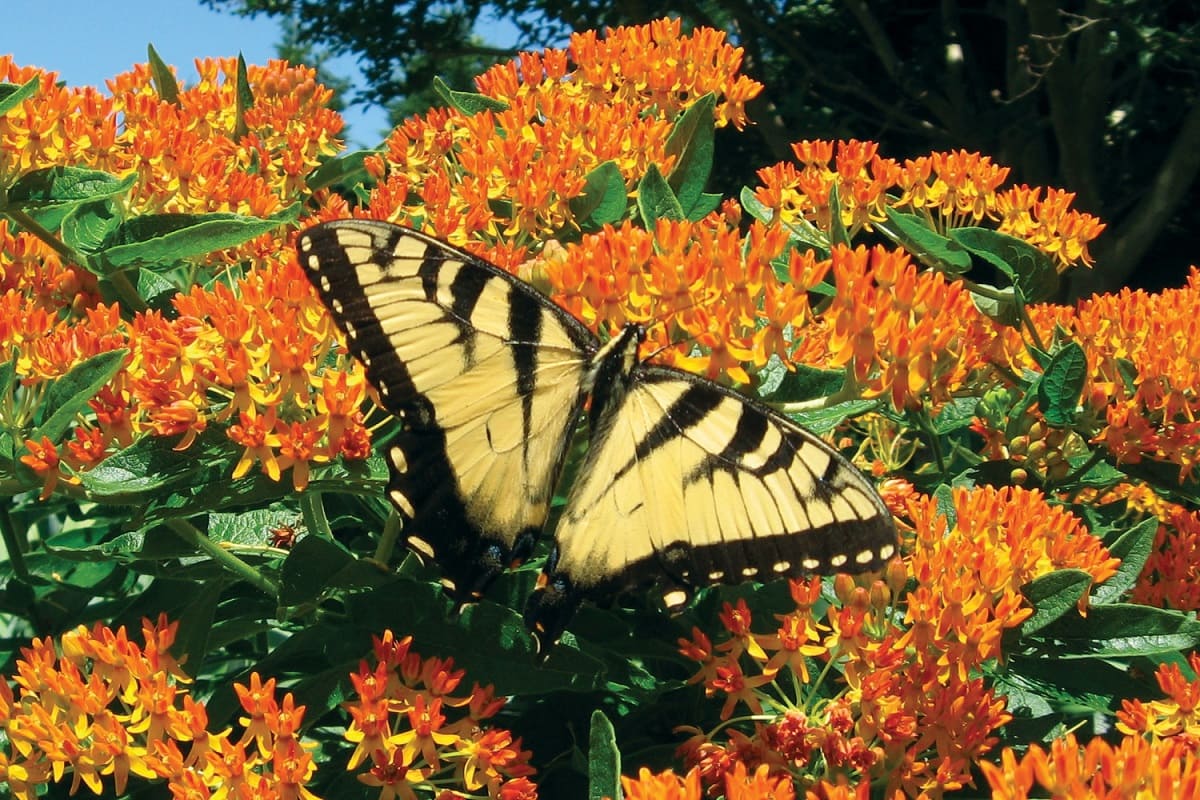
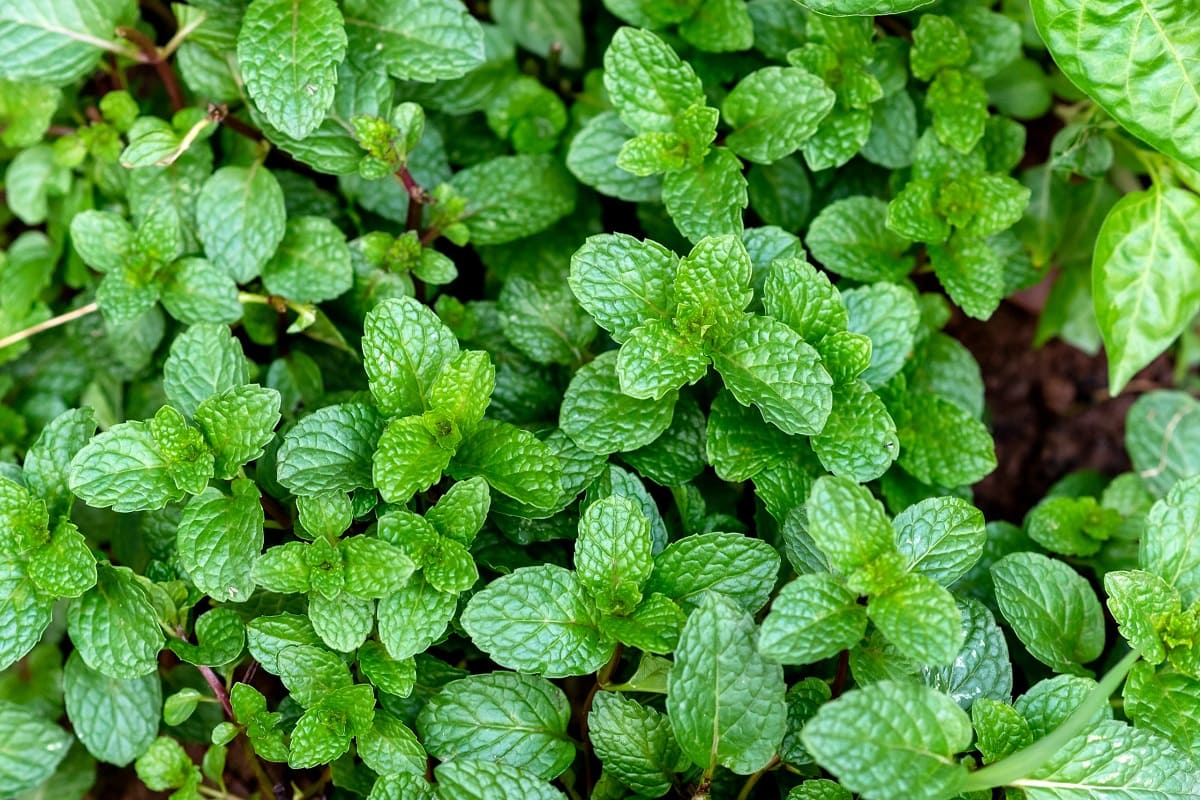
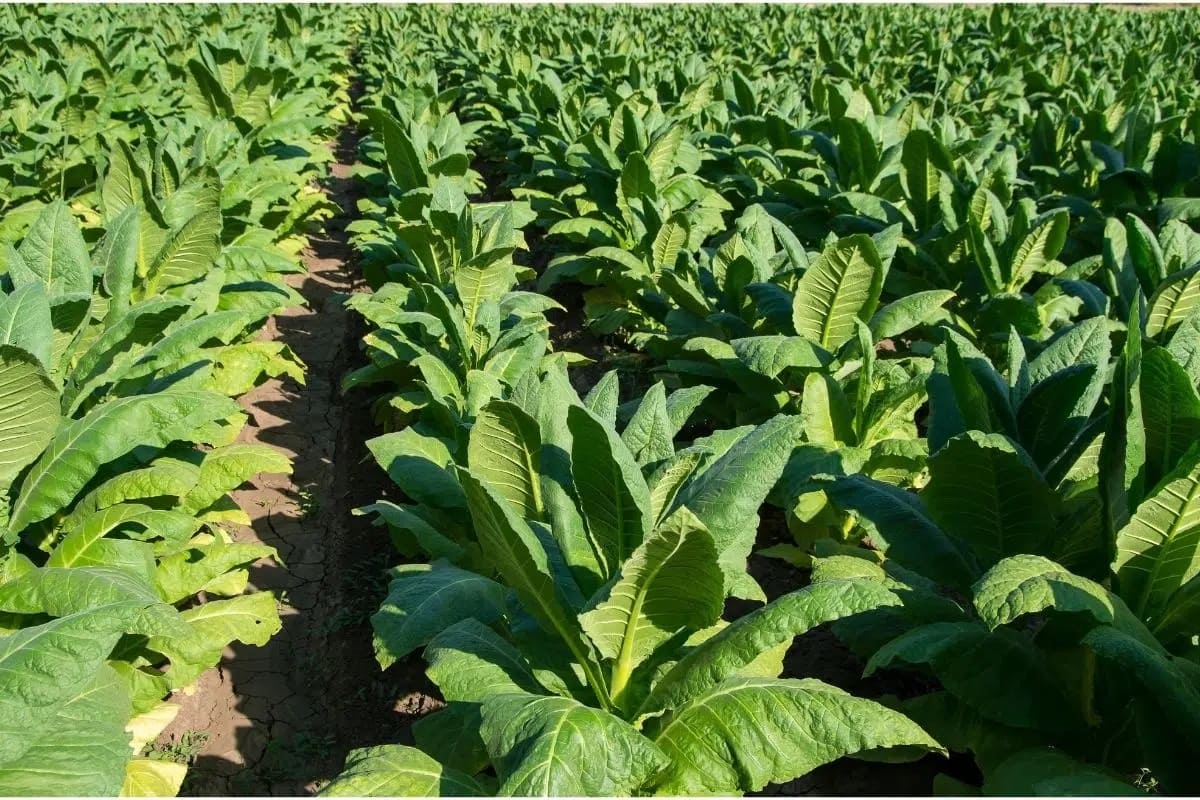
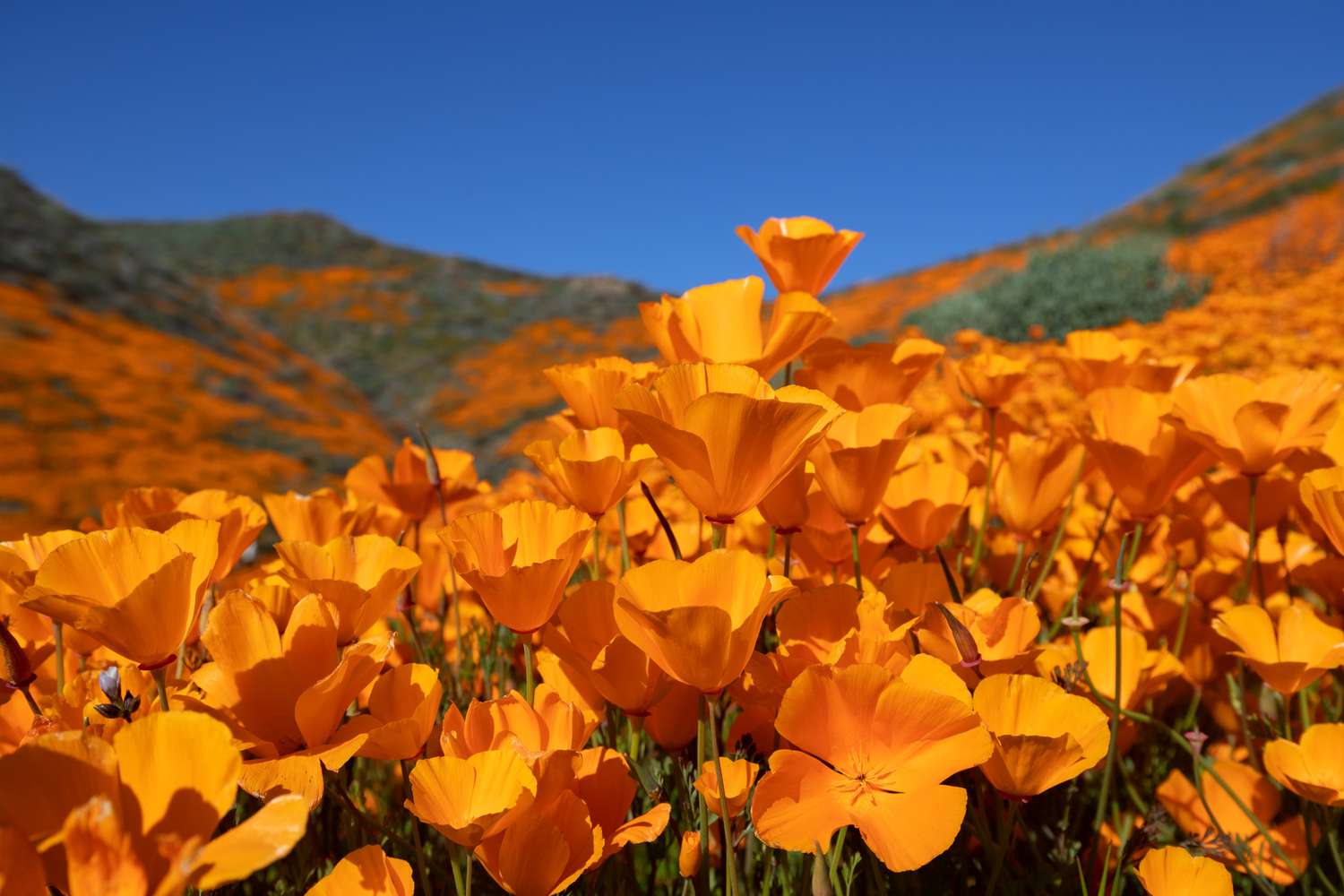
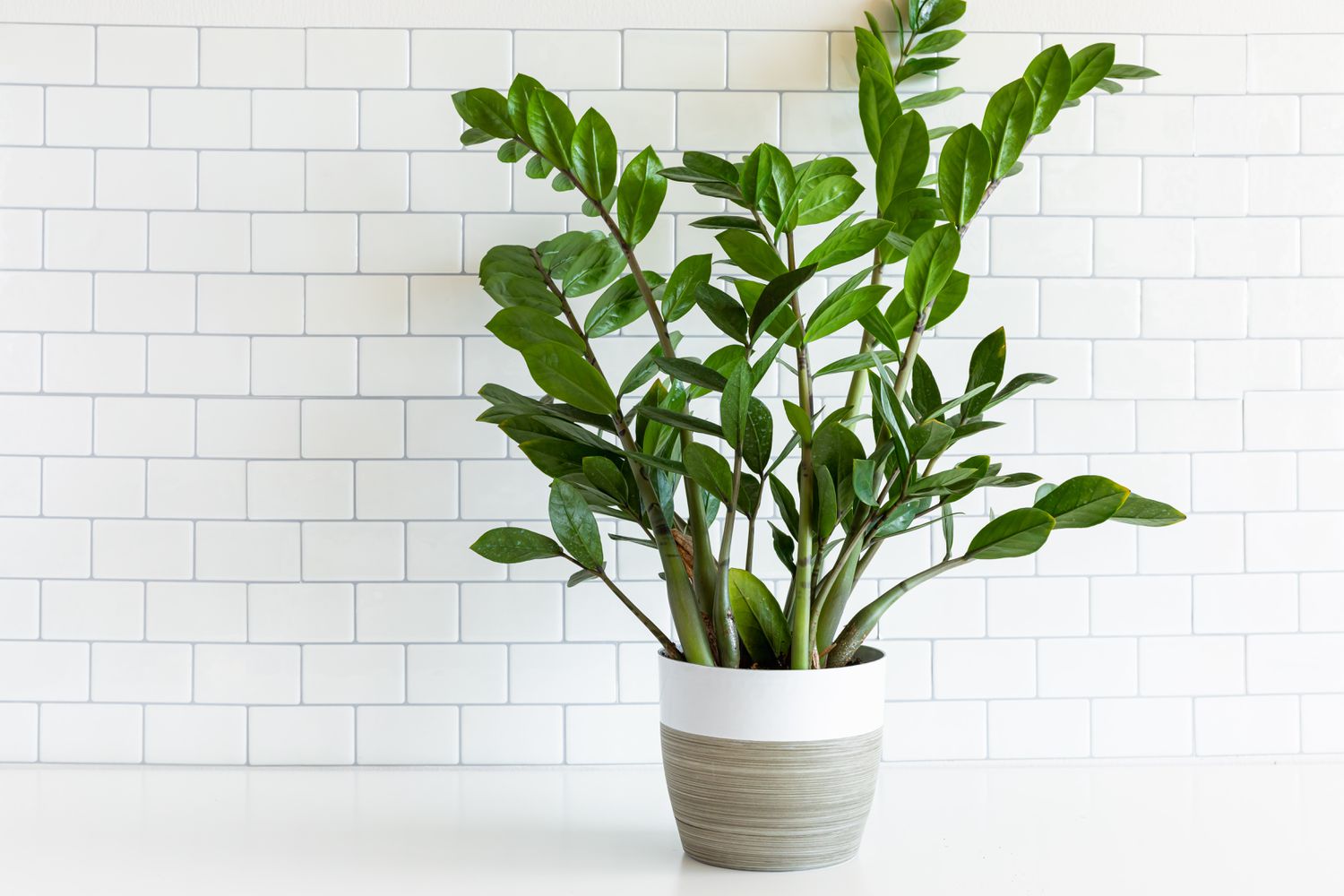

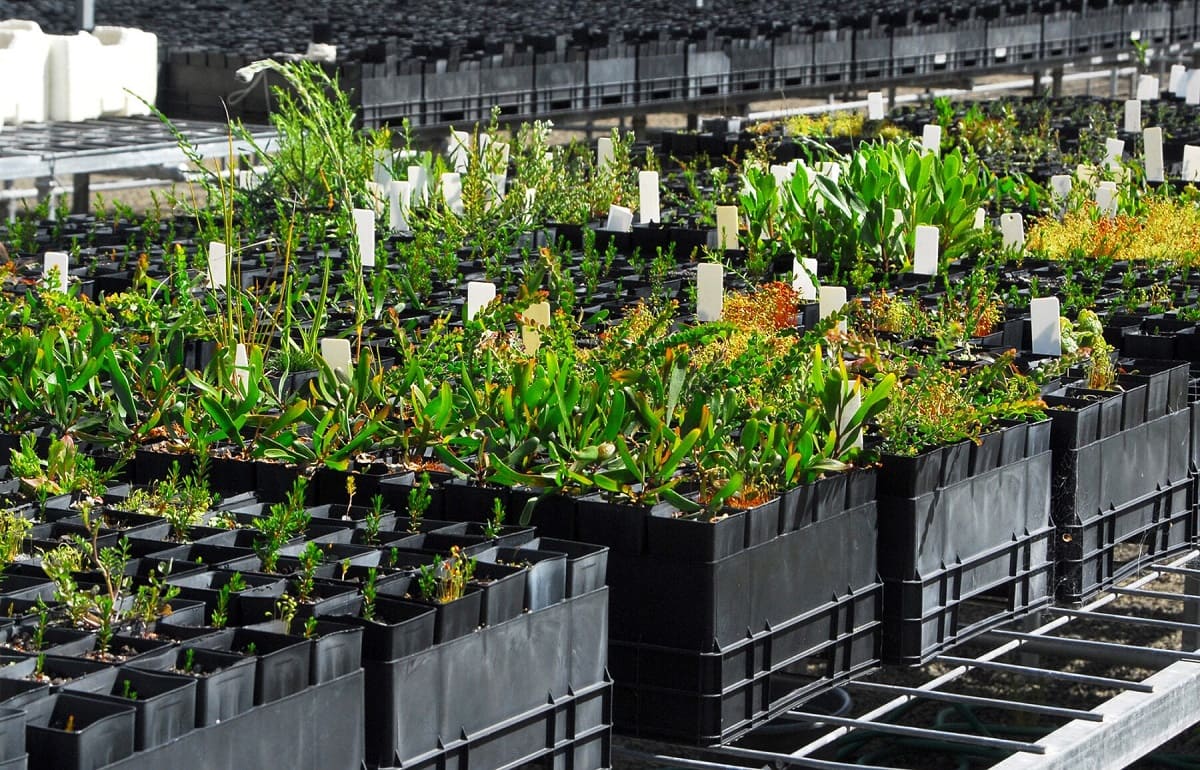
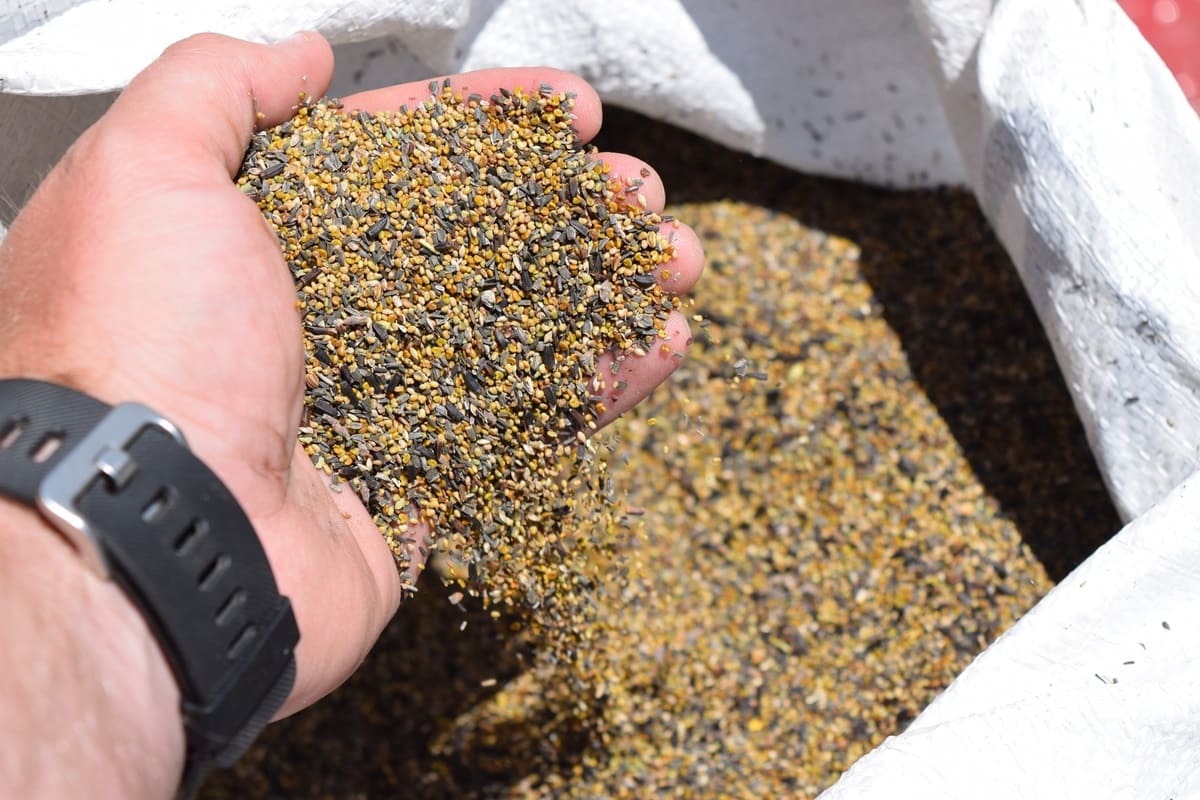

0 thoughts on “How Can You Identify The Most Poisonous Native Plant In North America?”